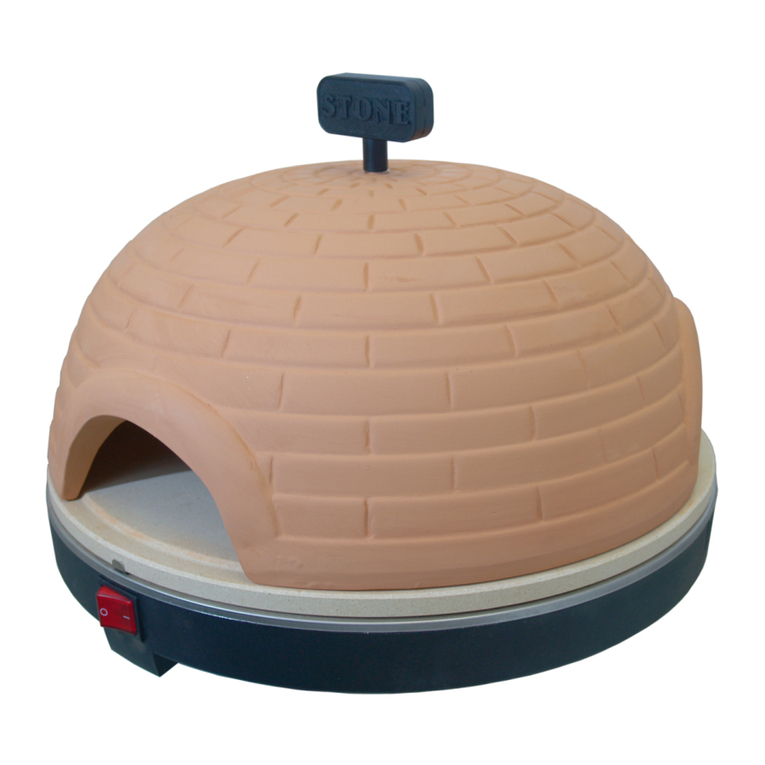2
Introduction
Congratulations on your purchase of a Rotisserie. With this uniquely designed
appliance, you will join the thousands of people who have discovered the
delicious, convenience of rotisserie cooking.
This innovative, one of a kind rotisserie will not only produce mouth watering
roasts and poultry with less fat, but will save you energy and will reduce food
(meat) shrinkage.
Before you get started, take a few minutes to read this booklet. It is full of helpful
tips and information that will help you to fully enjoy your rotisserie.
Facts about your Rotisserie
Some of the highlighted features of your Rotisserie include:
• a large viewing window which remains clear during operation
• a two hour timer with audible shut-off signal
• a cover that rotates a full 180° for easy loading and unloading
• a cover that easily lifts off and is dishwasher safe
• Poultrytower-cooksawholebirduptovepounds
The Rotisserie cooking utensils are centered inside the rotisserie
to maximize uniform cooking. Food rotates on a motor-driven
turntable and is cooked to a tender consistency. While cooking,
roasts and poultry self-baste, sealing in their own natural juices
while unwanted fats drain off and collect in the drip tray.
Cooking times in the rotisserie are very comparable to oven roasting, only the
rotisserie requires less energy. The heating element radiates heat (1,200°F/648°C
to 1,500°F/815°C) directly into the food each time it rotates past the elements.
Thepolishedinteriorwallsreectandredirecttherefractedheatwhichisthen
absorbed into food. As a result of this unique pulse-type cooking system, the
actual cooking chamber only reaches 250°F /121 oc to 275°F /135°C. This lower
chambertemperaturebenetsyouinseveralways:
1. It preserves important vitamins that are often destroyed through constant
high temperature cooking. Constant high temperature cooking also makes
proteins less digestible which is not the case with the rotisserie.
2. It reduces meat shrinkage when compared to conventional roasting.
3. It eliminates cooked-on and baked-on grease. For cleaning, simply wipe
off with warm sudsy water. The internal chamber temperature doesn't
reach the high temperature where grease begins to break down into the
"tacky tar" residue we see in conventional ovens. The heatinq element is
self-cleaning.




























